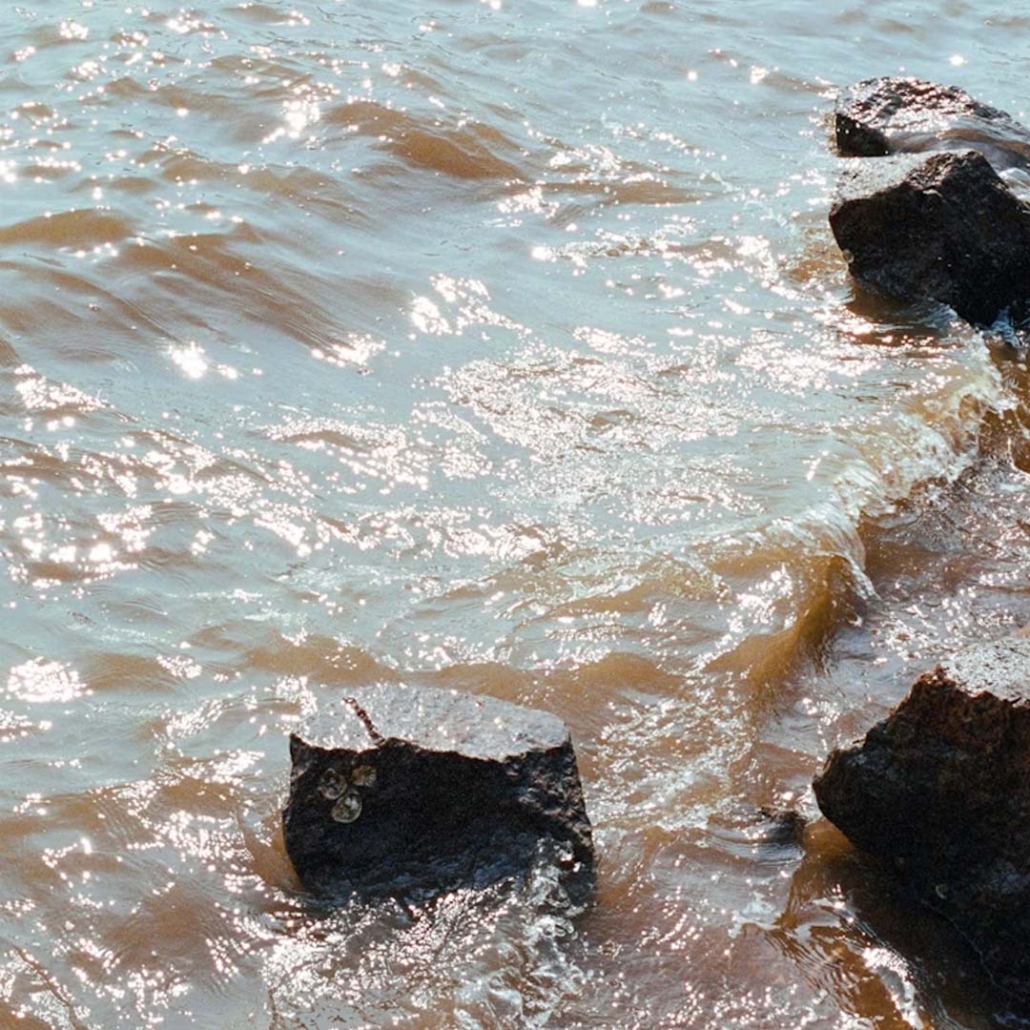Protecting ROI of Waterfront Real Estate Courtenay Comox Valley
If you’ve bought a waterfront property in the Comox Valley, congrats! You’re living the dream. But dreams come with maintenance, especially when your backyard meets the ocean. Salt air, rising water, and unpredictable storms are hard on homes. Even a small repair bill can chip away at the return on your investment. If you’re hoping to enjoy your coastal property for years to come, while keeping the value strong, you need to future-proof it. That means planning ahead, staying on top of upkeep, and thinking smart about upgrades. Here’s what you should be doing now to make sure your waterfront real estate Courtenay Comox Valley stays in good shape for the long haul!
Stop Salt in Its Tracks

Salt is one of the biggest enemies of coastal homes. It doesn’t care how new or well-built your house is. It’ll corrode metal, wear down finishes, and make anything exposed to the elements age faster than it should. But that can all be slowed down with some smart habits.
First, clean your metal fixtures regularly. That includes outdoor lighting, hardware, railings and anything else that catches sea spray. Hose them off every couple of weeks and wipe them down when needed.
Next, don’t cheap out on materials. When you’re replacing anything like roofing, siding, or decks, be sure to go for weather-resistant options. Think marine-grade stainless steel, fibreglass, and composite wood. These materials hold up better to moisture and salty air, which means less repair down the road.
Resealing is another thing people forget. Your windows, siding, and exterior walls all need fresh sealant every couple of years to stay watertight.
Keep Storms Out of Waterfront Real Estate Courtenay Comox Valley
Living near the water comes with incredible views and a direct line to nature. But it also means your property faces constant pressure from erosion and weather. You don’t want to wait for a storm or a shifting shoreline to start preparing your home.
Start with erosion prevention. If your land runs down to the water, you’ll want to install riprap or a retaining wall. Riprap is just big rocks placed along the shore to break up wave action. It’s not glamorous, but it’s effective. You can also use native plants with deep root systems to stabilize the soil. Ask a local landscaping company for some info about what holds up in coastal conditions.
Next, stormproof your actual house. Check your windows and doors to make sure that they’re built to handle heavy wind and rain. If not, upgrade them. Impact-resistant windows and reinforced doors are worth the money. The same goes for your roof. If you’re due for a replacement, consider storm-rated materials and proper anchoring. Also, ask a contractor to check how well your home is braced, especially if it’s older. Reinforcing the frame or tying it down more securely can help prevent serious damage in a bad storm.
Moreover, after any weather event, go outside and take a walk around. Check for shifted foundations, clogged gutters, or broken drainage. The faster you spot damage, the better.
Stay Dry, Sustainable, and Covered
Salt and storms aren’t the only things to worry about. Moisture is always creeping in, especially when you live near water. So, you’ll want to get control of it before it turns into mould, mildew, or something worse.
If your home uses a septic system, have it serviced regularly. In coastal zones, heavy rains can overwhelm outdated or neglected tanks. Get it inspected every few years and pumped as needed. It’s one of those things you don’t think about until it’s a problem.
Inside, keep air flowing. Use dehumidifiers in basements and bathrooms. Crack windows when the weather allows. Install vents where needed. This keeps moisture levels down and helps prevent the slow creep of mould behind your walls.
Besides ventilation, you’ll want to keep an eye on pests. Ants, rodents, and termites love damp spaces. Make sure you’re checking the attic, crawlspaces, and under decks. Use pest-resistant building materials when you can.
Looking to the future, sustainability pays off. Solar panels, rainwater harvesting, and native landscaping can also lower your monthly costs and make your home more appealing if you ever sell. These upgrades don’t have to be massive. Even small things, like switching to drought-tolerant plants or collecting water in a barrel, can make a difference.
Lastly, check your insurance. A standard policy doesn’t always cover flood or storm damage. And that’s not something you want to find out after the fact. Make sure you’re covered and update your policy anytime you renovate or change the layout. It’s boring paperwork, but it could save you thousands.
Real Estate Courtenay Comox Valley is an Investment Worth Protecting
You didn’t buy a waterfront home in the Comox Valley to spend every weekend fixing things. But a little planning now saves a lot of stress later. Clean your fixtures. Check for erosion. Stormproof the basics. Stay on top of humidity and double-check that insurance policy!
Thinking of buying or upgrading your waterfront property? Contact us today. We know the ins and outs of real estate Courtenay Comox Valley, and we’re here to help you protect your investment, whether you’re new to the coast or a longtime local. Be sure to visit our social media for the latest updates and more!






Leave a Reply
Want to join the discussion?Feel free to contribute!